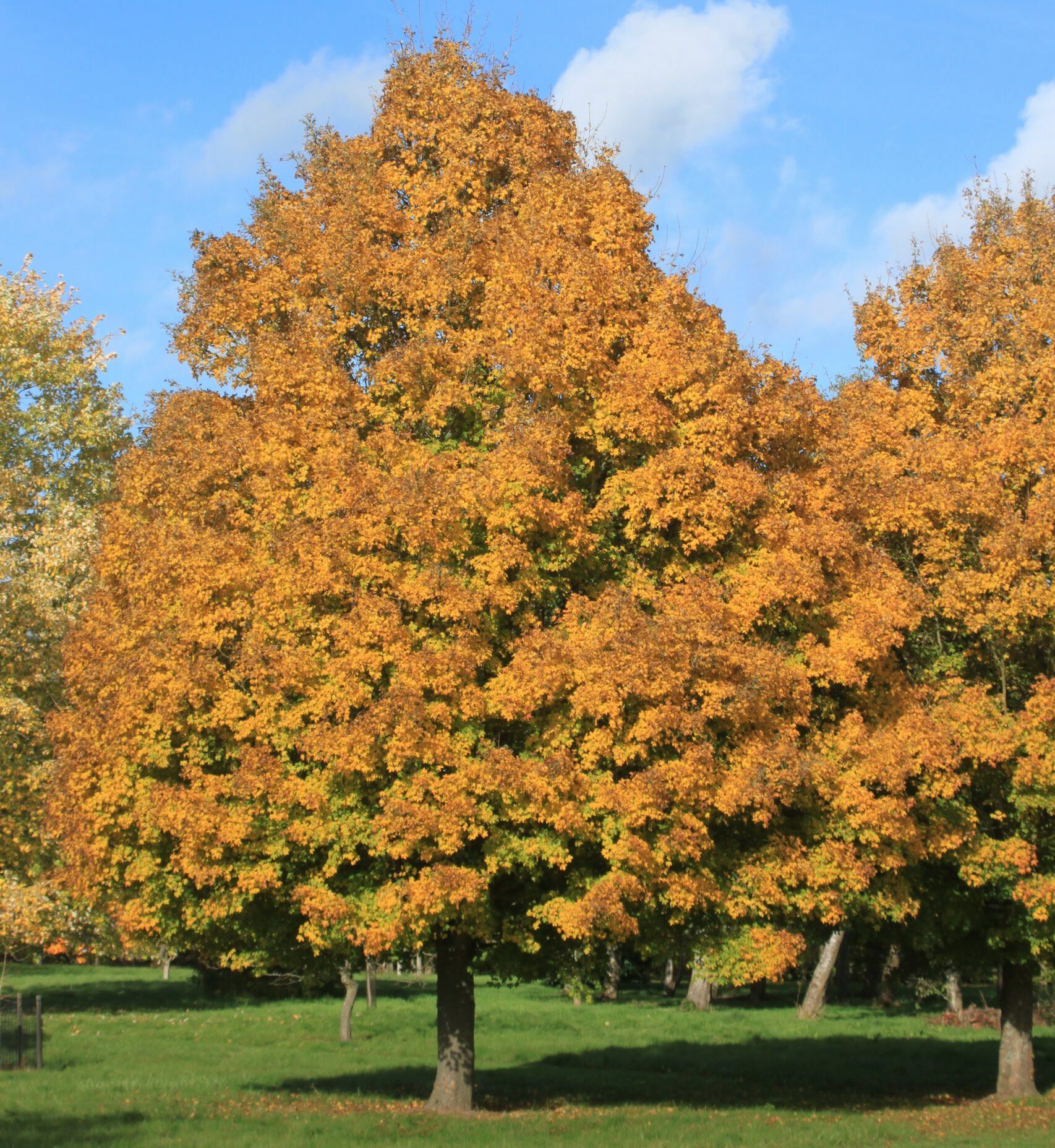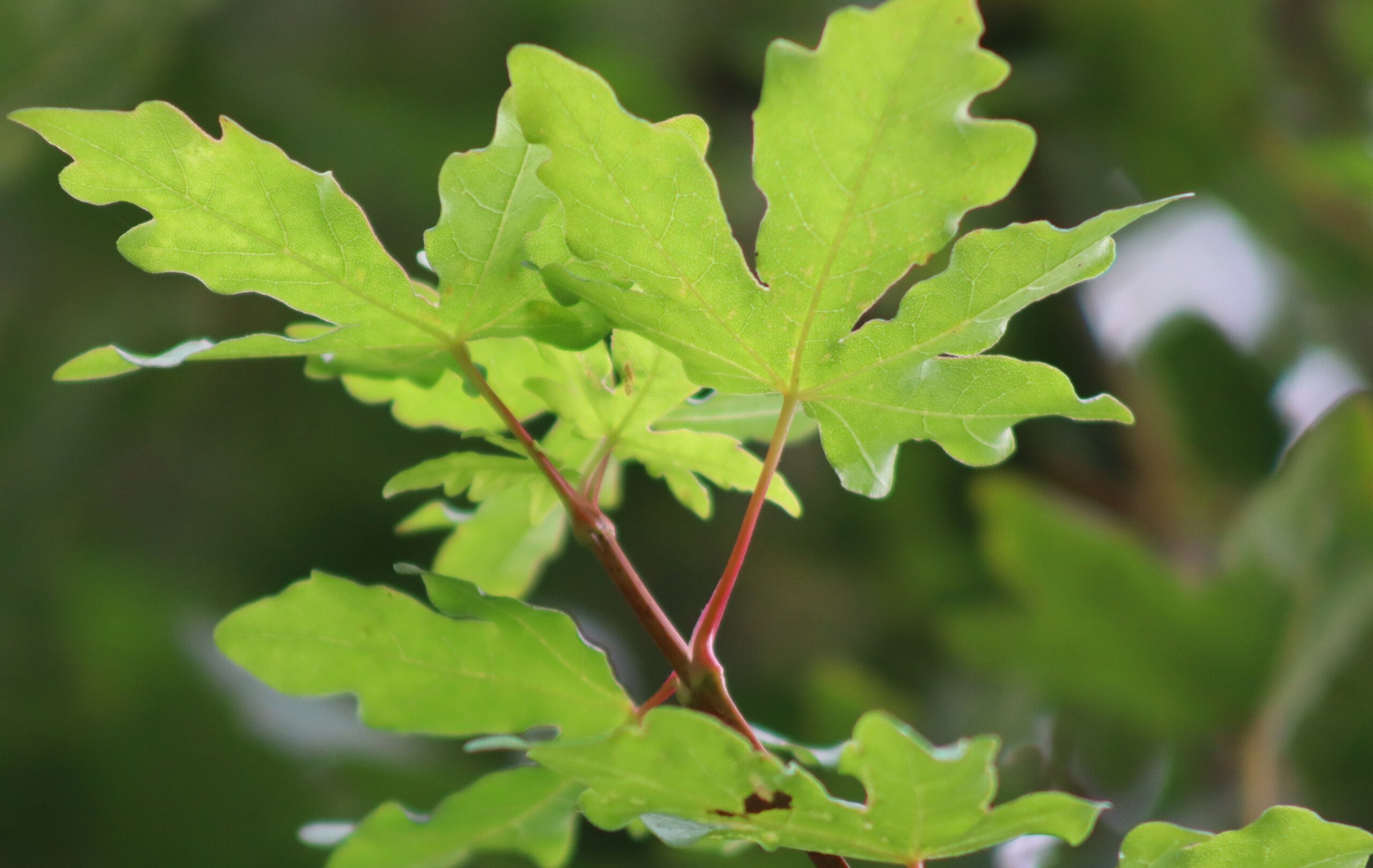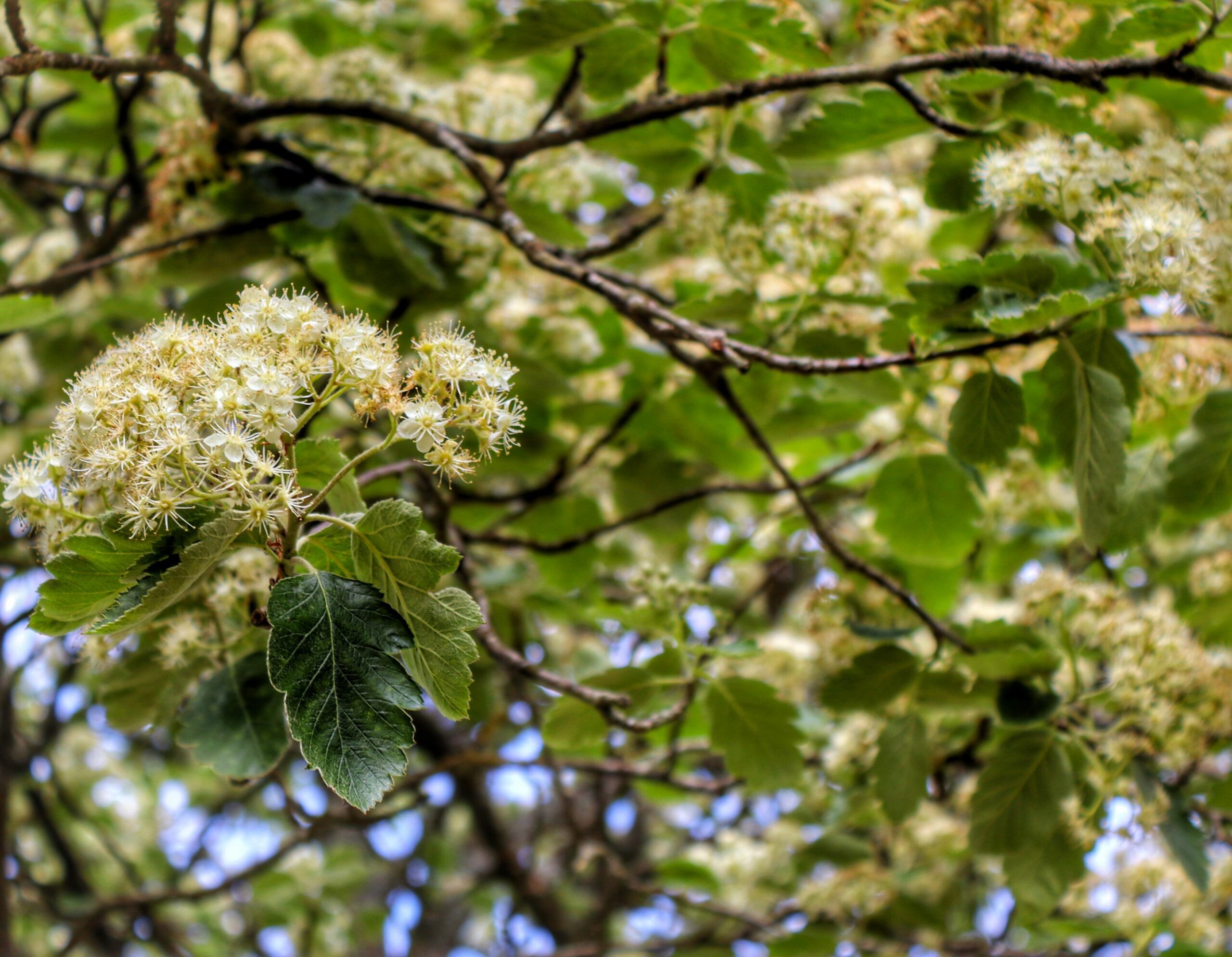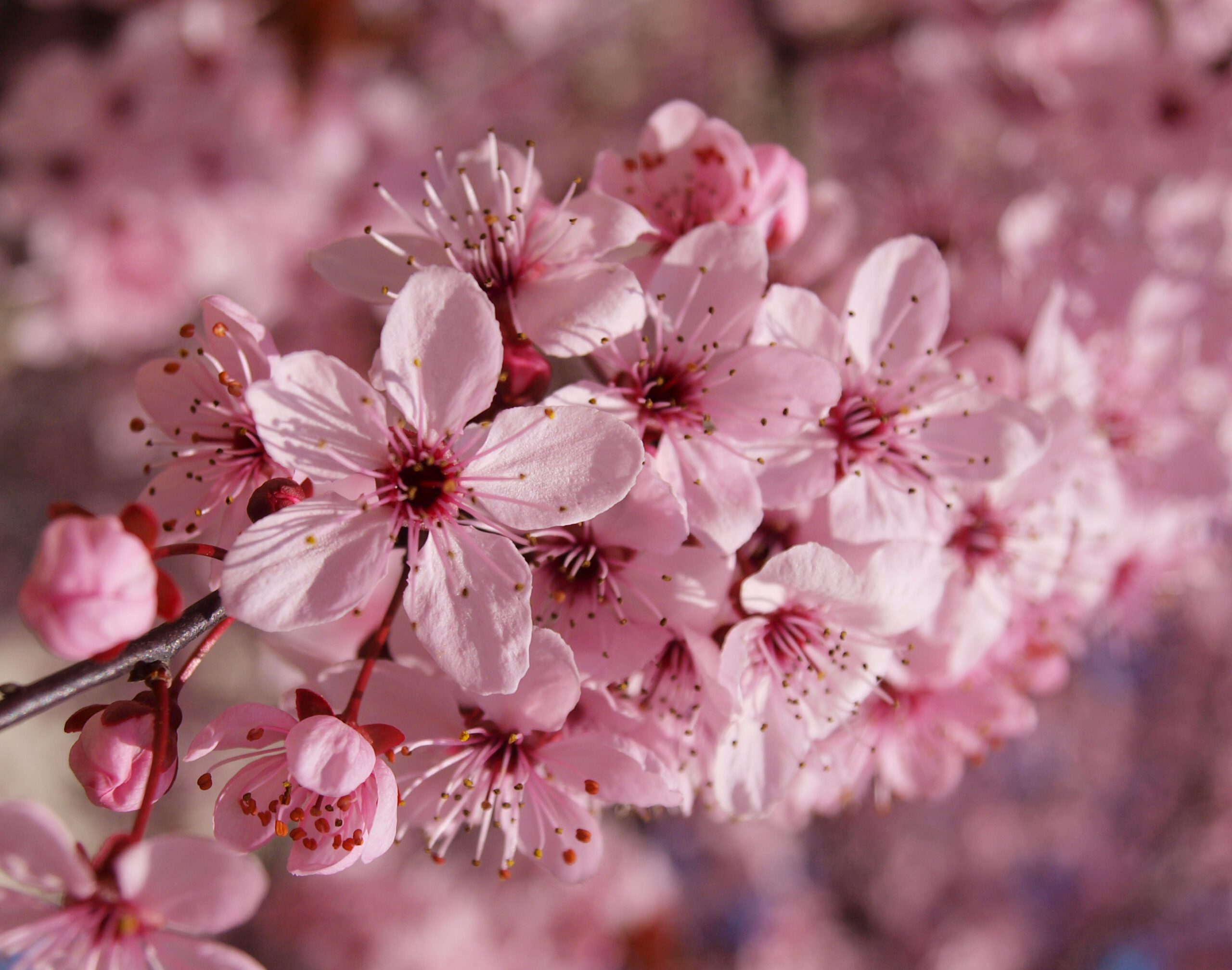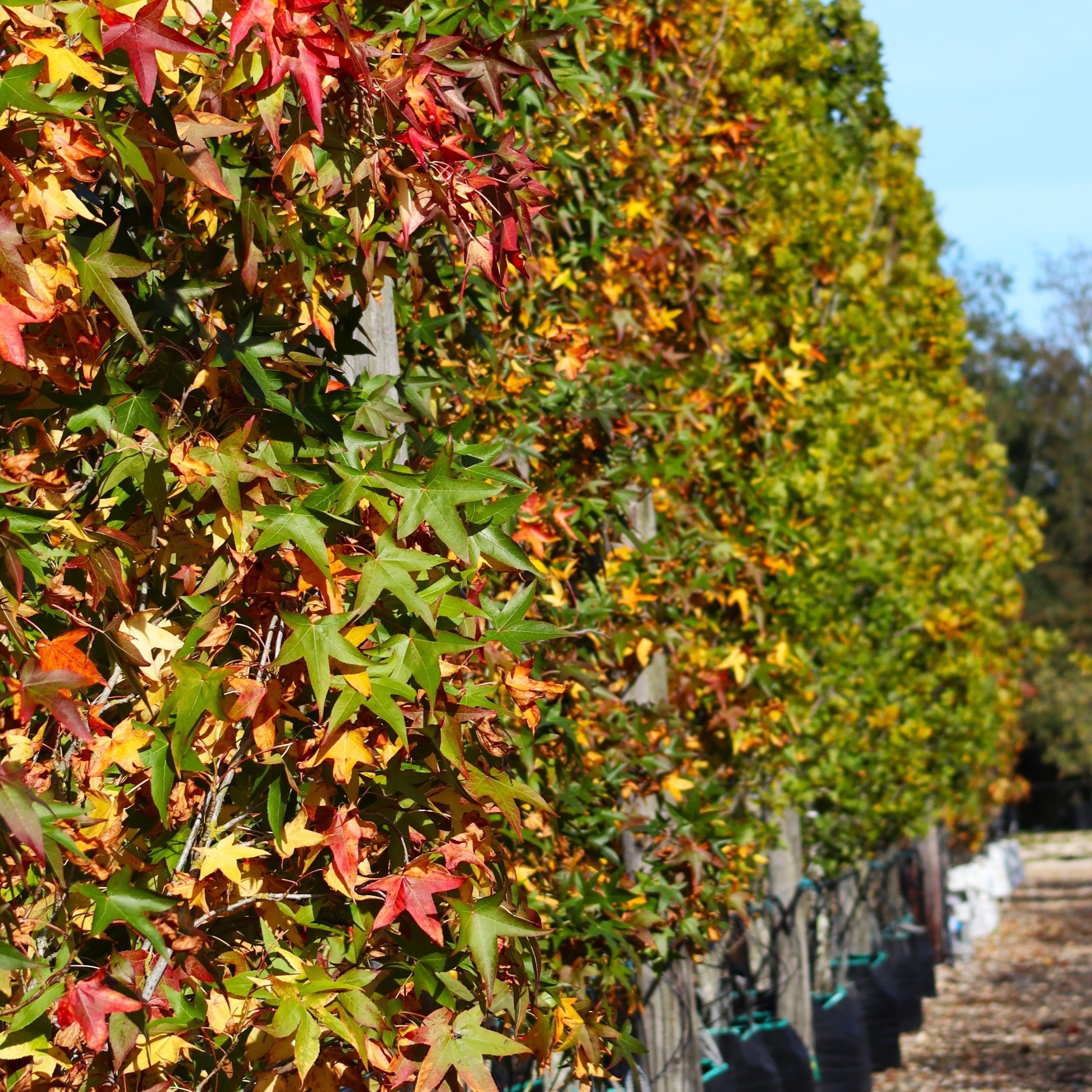Tree Information
Specialities
Tolerances
Wet Soil: Medium
Dry Soil: Medium
Lime: High
Acer campestre ‘Queen Elizabeth’, an American selection from Lake County Nursery, Ohio, has been commercially available since 1985. This cultivar is highly regarded among garden designers and landscapers for its striking aesthetic appeal and remarkable adaptability.
One of the standout features of ‘Queen Elizabeth’ is its impressive foliage. The leaves of this variety are significantly larger and darker than those of its seedling parent, yet retain the same glossy fronts and rounded lobes. In spring, the foliage emerges in a vibrant green, gradually deepening to a rich, dark green as summer progresses. By autumn, the leaves undergo a spectacular transformation, displaying a brilliant array of golden yellow hues, with occasional hints of orange and red. Although slightly sensitive to mildew early on, this tendency diminishes as the tree matures.
In spring, ‘Queen Elizabeth’ produces inconspicuous yellow-green flowers that add a subtle touch of beauty to the tree. These flowers are followed by winged fruits that provide additional interest and are often enjoyed by birds and small mammals.
The ‘Queen Elizabeth’ is a hardy and versatile tree, adaptable to a wide range of soil types including clay, loam, and sandy soils. It thrives in full sun to partial shade and is tolerant of shadier conditions as well. This adaptability makes it an ideal choice for a variety of landscape designs, from expansive gardens to urban parks. Whether used as a standout feature or as part of a hedgerow, the ‘Queen Elizabeth’ adds a touch of elegance and resilience to any setting.
Visit our Useful Resources for in-depth guides
Discover guides to help you with specifying your trees, caring for your trees and understanding the weights and dimensions of trees.
Useful ResourcesSize
Medium
10m high x 5m wide after 25 years
Environment
An excellent choice for projects requiring consistency and durability. with its deep root system, this tree is exceptionally well-suited for environments with paved or compacted surfaces. It's robust nature makes it an ideal option for urban street planting, where it can thrive despite challenging conditions and contribute a uniform, reliable presence to cities.
Canopy
Characterised by its egg-shaped, dense, and narrow form, which provides ample shade and creates a striking visual impact. The branches extend at a 45-degree angle, offering a more uniform and organised appearance compared to the Acer campestre 'Elsrijk'. This well-structured canopy not only enhances its aesthetic appeal, but also makes it a practical choice for providing consistent shade in urban and landscaped environments.
Foliage
Typically larger, 5-lobed leaves, which are darker and more substantial compared to those of other Acer campestre varieties. in autumn, the leaves transform into a deep, vibrant yellow, adding a rich burst of colour to the landscape. While the tree may be somewhat prone to mildew initially, this tendency usually diminishes over time, allowing the foliage to maintain its impressive appearance throughout the seasons.
Resilience
Demonstrates impressive resilience and adaptability, thriving in a variety of soil conditions but excelling in fertile, well-drained soils. This cultivar is well-equipped to handle challenging urban environments, withstanding drought, pollution, and compacted soil with ease. Its robust nature ensures it remains a reliable choice for street planting and other demanding settings, where it can contribute both its aesthetic appeal and practical benefits to a range of landscapes.
Available As:
Semi-Mature
FAQs
How does Acer campestre 'Queen Elizabeth' differ from other Field Maples?
‘Acer campestre ‘Queen Elizabeth’ features larger and darker leaves compared to other Field Maples.
How does Acer campestre 'Queen Elizabeth' foliage change with the seasons?
In spring, the leaves of ‘Queen Elizabeth’ emerge a vibrant green with red-tinged edges. By summer, they turn a rich dark green. In autumn, the foliage transforms into a deep yellow with occasional orange and red hues, creating a striking seasonal display.
Are there any common pests or diseases that affect Acer campestre 'Queen Elizabeth'?
Common pests that may affect ‘Queen Elizabeth’ include aphids and scale insects. The tree may also be prone to mildew initially, but this tendency usually decreases as it matures. Regular monitoring and care can help manage these issues.
Make an Enquiry
Enquire below and speak to one of our expert team. For trades only, for general public enquiries click here.
Find Trees For Your Project
View Our TreesSpeak to a Member of Our Sales Team
Make an Enquiry
